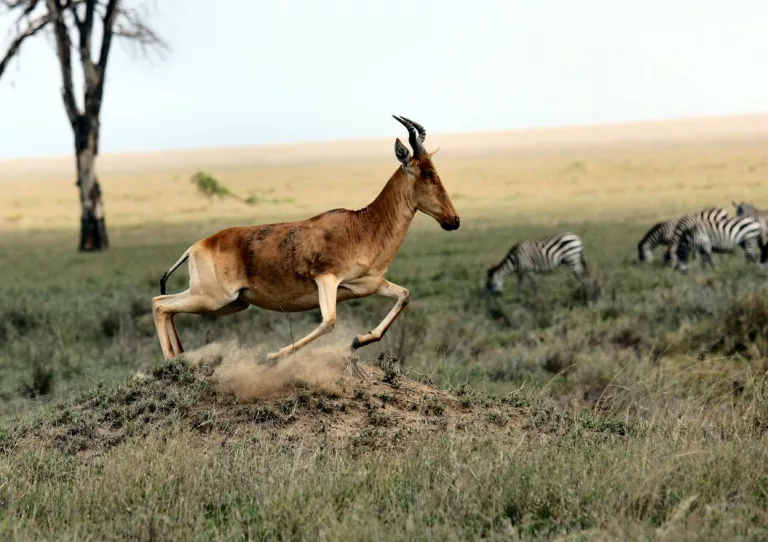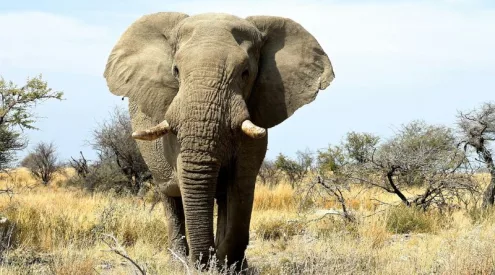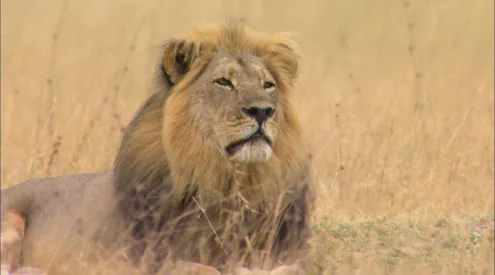The World Wildlife Fund’s (WWF) Living Planet Report 2024 reveals a dire situation for global wildlife.
ALSO SEE: Young Humpback Whale washes up on Long Beach, Simon’s Town

Image: Unsplash / Joel Herzog
Over just 50 years, from 1970 to 2020, there has been a catastrophic 73% decline in the average size of monitored wildlife populations, the report states.
This alarming trend is based on the Living Planet Index, which tracks nearly 35,000 vertebrate populations of 5,495 species.
Freshwater populations have suffered the steepest decline at 85%, followed by terrestrial populations at 69%, and marine populations at 56%.
These declines are primarily driven by habitat loss, degradation, and overharvesting, largely attributed to the global food system.
Africa has been particularly hard hit, with the continent experiencing a 76% decline in monitored wildlife populations.
“Nature provides the foundation for human health, a stable climate, the world’s economy, and life on earth,” says WWF-US President and CEO Carter Roberts, underpinning the gravity of the situation.
These global wildlife declines are pushing nature closer to dangerous tipping points, which could result in substantial and potentially irreversible changes across the planet.
There is an urgent need for consistent efforts to halt and reverse the damage that nature and its wildlife are incurring.
Ambitious and radical commitments, as well as on-the-ground action, are a dire necessity to avoid dangerous tipping points that threaten the foundations of planetary health.
ALSO SEE: Tanzania introduces new code of conduct for safari guides
Follow us on social media for more travel news, inspiration, and guides. You can also tag us to be featured.
TikTok | Instagram | Facebook | Twitter

















